
How Magento Hosting China Can Grow Your E-Commerce Store
[Updated on April 24, 2025] Want to increase your ecommerce store in China? Magento Hosting China optimizes your website performance. It helps you connect with more customers throughout China.
This article explains how to grow your Magento store in China’s fast-paced market.
Key Takeaways
-
Magento hosting in China ensures your store remains operational in China’s market.
-
Scalability in Magento hosting allows your store to grow.
-
Prepare your Magento store for busy periods. Expect more traffic and higher demand.
-
Scalability includes vertical, horizontal, and dynamic scaling. These methods support store growth.
-
To prepare for peak seasons, work on enhancing server performance and site speed.
-
Testing and monitoring maintain a well-functioning Magento store during peak periods.
-
5 Key Types of Scalability for Magento Hosting Success in China
-
Preparing Your Magento Hosting China for High Traffic Periods
-
Technical Best Practices for Magento Hosting China Scalability
What is Magento Hosting in China?
Magento Hosting in China is a web hosting service. It is for Magento (Adobe Commerce) eCommerce stores located in mainland China.
Magento hosting in China addresses the unique demands of the Chinese market. It provides fast loading speeds, solid performance, and compliance with local rules. A reliable hosting provider offers:
-
Advanced caching
-
Content delivery networks.
Selecting the right Magento hosting strengthens your website. It helps to increase conversion rates, especially during busy times.
What is Scalability in Magento Hosting?
Scalability in Magento lets your e-commerce site manage more visitors. This means no slowdowns, even with higher traffic. This is important during busy shopping times or sales events. Below are the features of scalability:
1. Capacity to Handle Growth
In China’s fast-growing market, your store must be ready for traffic spikes. Hosting ensures your site remains stable. It can handle more users without slowing down. This is true whether you are expanding in China or entering new provinces.
2. Flexibility to Scale Resources
In China, demand changes with shopping seasons. You can add capacity during busy times and reduce it later. This keeps your Magento site fast, reliable, and avoids extra costs.
3. Performance Under Pressure
China's shopping festivals, like Singles' Day, create big traffic spikes. Flexible hosting keeps pages loading during these high-pressure times. A fast, stable site boosts your sales and makes a great impression on customers.
4. Cost-Effectiveness
Maintaining a high-capacity server throughout the year is costly. Traffic in China changes a lot. It varies between normal days and busy shopping events. Flexible Magento allows you to pay only for the resources you need. This keeps the costs low during periods of low activity. Users will be ready for big surges and stay within your budget.
5. Better User Experience
In China’s busy e-commerce market, a slow website can lose you sales in seconds. Scalable hosting keeps your Magento store fast and responsive. This is important during busy periods with heavy traffic**. Fast load times and easy navigation** create a better shopping experience. They keep the customers engaged and reduce bounce rates.
6. Technical Tools
To deliver scalability, hosting providers use advanced tools such as:
-
Server clustering
-
Caching
In China, using local CDNs is important to speed up content delivery in different areas. These tools keep your site quick, stable, and accessible for customers nationwide.
6 Significance of Peak Shopping Seasons in China
1. Massive Sales Volume
Shopping events such as the Chinese New Year set sales records. Singles' Day alone outshines Cyber Monday sales figures. These events generate significant traffic and orders for online stores. Reliable e-commerce hosting is important for managing high demand.
2. Cultural Phenomenon
These festivals have evolved into much more than sales. They are a part of Chinese culture. People look forward to the discounts and deals. Store owners need to grasp the excitement and the rush of shoppers. This preparation is necessary for success during busy periods.
3. Strategic Opportunities
Peak seasons offer a great chance to increase visibility. It attracts new customers and offers discounts. To enjoy events, users need strong marketing and dependable Magento hosting. It helps to handle the surge in online visitors.
4. Innovative Marketing Platforms
Big names like Alibaba and JD.com make shopping seasons big entertainment events. They feature celebrity endorsements and fun, interactive campaigns. Magento stores can tap into these platforms to reach a wider audience. They increase engagement during peak periods.
5. Consumer Expectations
During peak shopping times, customers have high expectations. They want quick page loads and an easy checkout. A trustworthy Magento hosting solution keeps your store quick and responsive. It creates a reliable shopping experience that satisfies customers and increases sales.
6. Supply Chain
The rise in orders puts a lot of stress on supply chains. Stores ensure that their:
-
Inventory
-
Order processing
-
Shipping can meet demand.
A good hosting environment is key to managing these challenges. It keeps the store and customer experience running well.
5 Key Types of Scalability for Magento Hosting Success in China
1. Horizontal Scaling (Scaling Out/In)
-
Horizontal scaling is also known as scaling out or scaling in. It means adding more machines or servers. This helps manage extra traffic. The setup increases uptime and shortens loading times for local users. It improves the experience for your e-commerce site visitors.
-
Use Cases: This works best for businesses using a flexible e-commerce platform. It’s perfect for sales during peak seasons in China. It also keeps your site stable under pressure. You would not need to rebuild your hosting setup every time traffic grows.
2. Vertical Scaling
-
Vertical scaling refers to increasing the power of your VPS. You can complete it by adding extra:
-
CPU
-
RAM
-
Storage.
It enhances performance without needing new hardware. It keeps things simple and upgrades what you already have.
-
-
Use Cases: It's a great fit for Magento 2 stores needing faster website speed. It helps brands expand into the Chinese market without a big jump in costs. It’s also ideal for businesses that want to stick to a single, powerful eCommerce platform.
3. Auto Scaling
-
Auto scaling adjusts your server’s resources up or down in response to real traffic. You don't have to lift a finger. This keeps your e-commerce solution stable when visitor traffic spikes. It maintains uptime and reduces waste by using only necessary resources.
-
Use Cases: Auto scaling is a smart choice for businesses with unpredictable traffic. It handles promotions shared on platforms like WeChat. This keeps your CDN performing well when your eCommerce site is busy. It's perfect for managing busy sales without manual work.
4. Manual Scaling
-
Manual scaling refers to a process in which a person adjusts resources by hand. It's planned based on expected traffic changes. This method gives you full control during key times, like local sales events. It works best when you know what to expect.
-
Use Cases: Manual scaling is suitable for businesses with clear, seasonal patterns. It’s useful for getting ready for peak seasons in China. This allows you to adjust your hosting plans. It’s also handy when you want personal control over your hosting setup.
5. Predictive Auto-Scaling
-
Predictive auto-scaling uses historical traffic patterns to predict future demand. It scales resources early, before big traffic hits. It prevents slowdowns and maintains performance during busy seasons.
-
Use Cases: It’s a great option for businesses with eCommerce hosting and steady traffic. It allows you to plan for campaigns on WeChat or Alipay. This simplifies handling large traffic bursts. Your eCommerce site stays reliable and quick without surprises.
Preparing Your Magento Hosting China for High Traffic Periods
1. Analyzing Past Traffic Data
-
Gather Historical Data: Check traffic, sales, and performance from past peak seasons. Patterns from past seasons can guide your preparations.
-
Identify Peak Times: Pinpoint the days and times when traffic is highest. This will show you when your store is most likely to experience heavy demand.
-
Performance Benchmarks: Check how your Magento store did during past busy times.
2. Using Analytics to Predict Traffic Surges
-
Forecasting Tools: Use analytics tools to predict traffic spikes. They rely on historical data to estimate future surges for better planning.
-
Customer Behavior Analysis: Examine customer activity during busy seasons. This helps find trends and patterns. Understanding how their behavior helps manage infrastructure strain during busy periods.
-
Marketing Campaign Impact: Factor in the potential boost from your marketing efforts. This can provide a more accurate picture of the extra traffic to expect.
3. Infrastructure Audit
-
Check Your Capacity: Look over your hosting setup. Focus on server capacity, data transfer limits, and resource usage. Ensure it is ready to handle increased demand during peak seasons.
-
Scalability Check: Confirm that your hosting solution can adjust resources as needed. It consists of auto-scaling based on your needs.
-
Redundancy and Failover: Establish backup systems and failover mechanisms. They ensure uninterrupted uptime during traffic spikes.
4. Assessing Hosting Setup for Scalability
-
Compatibility with Strategies: Verify that your setup supports both horizontal and vertical scaling. This helps manage more traffic when necessary.
-
Performance: Identify opportunities to improve performance. It includes caching, database indexing, and code optimization.
-
Load Balancing: Use load balancing to distribute traffic. It will prevent the single server from getting overloaded.
5. Load Testing
-
Simulate Peak Loads: Use load testing tools to mimic traffic spikes. This helps you see how your infrastructure handles pressure. It allows you to spot potential bottlenecks early.
-
Gradual Load Increases: Begin by increasing the load. This helps you see when your setup starts to struggle. This way, you can fix issues before the peak season hits.
6. Optimizing for Speed
-
Content Delivery: Use a global CDN to send content from servers. It shortens loading times and enhances page speed.
-
Caching Strategies: Explore various caching strategies, such as full-page or object caching. They reduce server load and improve page response times.
-
Code Optimization: Review your codebase for any inefficient or resource-heavy processes. Optimizing them improves your website’s performance.
7. Updating and Patching
-
Software Updates: Keep parts of your store up to date. It includes the latest security patches and updates. This helps keep your store secure.
-
Third-Party Extensions: Confirm these extensions are compatible with the latest Magento version. It is helpful to update them to prevent performance issues during peak seasons.
Technical Best Practices for Magento Hosting China Scalability
1. Server Optimization
-
Recommended Server: Your server must have a CPU, RAM, and disk space. It helps to handle high traffic. Ensure it is capable of supporting Magento Commerce and handling peak loads. This is particularly true during periods of high activity in the Chinese market.
-
Configuring Your Server: Adjust your server’s memory limits and execution times. It helps enhance server performance. This allows Magento to run, even during periods of high traffic.
2. Database Optimization
-
Techniques for Optimizing Database Performance: To speed up your store, use strategies. They include indexing and query optimization. Periodic database cleanups can also keep things running.
-
Tools for Monitoring Database Health: Use tools like MySQL Workbench or phpMyAdmin. They track your database, keeping your Magento store performing well.
3. Implementing Caching Solutions
-
Types of Caching Mechanisms: It includes Varnish, Redis, and Full Page Cache. This can help speed up content delivery and lower server load. It supports reliable Magento hosting services.
-
Configuring Caching: Set up caching for optimal performance. Full Page Cache shortens load times by storing pages. Redis and Varnish help deliver content.
4. Content Delivery Networks (CDN)
-
Improve Load Times: CDN works to distribute the content across servers. Servers closer to users deliver it, lowering latency. This speeds up load times.
-
Selecting a CDN: Choose a provider with servers in China. It ensures fast load times. Ensure the provider also complies with Chinese regulations to provide reliable service.
5. Auto-Scaling Solutions
-
Overview of Auto-Scaling: Auto-scaling adjusts your server’s resources in response to changes. This means your Magento store can handle sudden traffic spikes. It is without any manual intervention.
-
Cloud Services Offering Auto-Scaling: Cloud platforms provide auto-scaling features. These are perfect for the Chinese market. These services help your Magento store handle increased traffic without any slowdowns.
Magento-Specific Considerations for the China Market
1. Magento Configuration for High Traffic
-
Backend Settings: Before the busy season starts, update your Magento settings. This will help manage the extra load. Use flat catalogs to make product pages faster. Combine your CSS and JavaScript files. This lowers the number of requests needed to load your site.
-
Using the Magento Toolkit: Magento offers a toolkit to identify and fix speed issues. Check how your store is doing. Address any issues before they escalate.
2. Extensions and Modules
-
Selecting Scalable Extensions: Choose extensions that handle increased traffic. Look for lightweight options that do not slow down your site. This ensures they are of high performance.
-
Avoiding Common Pitfalls: When adding third-party modules, always check for quality and compatibility. Written modules can cause performance issues. They lead to a slower site and navigation challenges.
Testing and Monitoring for Magento Hosting China
1. Load Testing
-
Conduct Testing: It simulates high traffic on your site to identify potential issues. This step is necessary to confirm your store can handle peak season rushes.
-
Finding Capacity Limits: Load tests show how much traffic your site can manage. Understanding these limits shows you when to scale your infrastructure. This helps avoid slowdowns.
2. Monitoring Tools
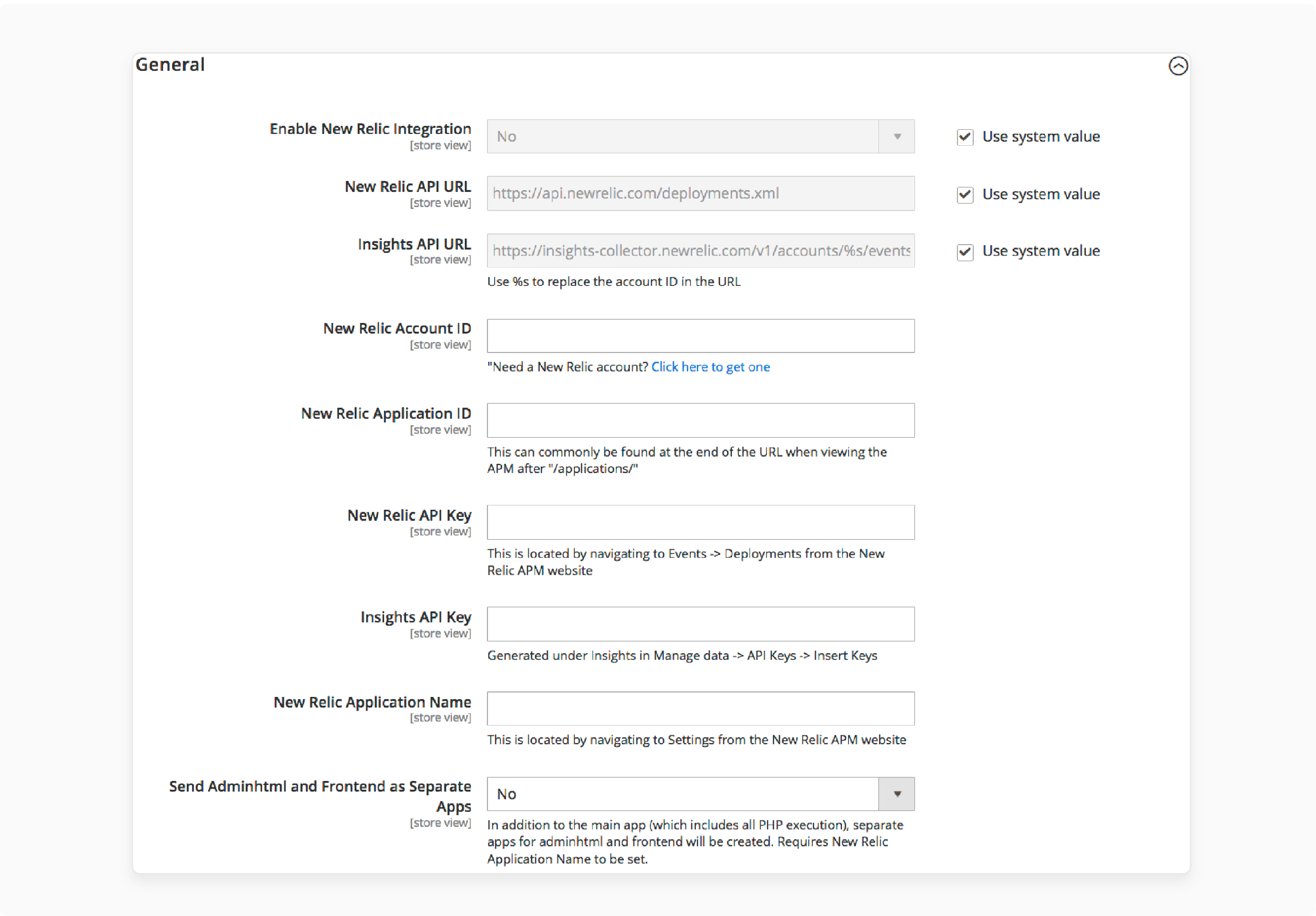
-
Tools for Monitoring: Use tools like New Relic or Magento's built-in monitoring. These help track your store’s performance. These tools provide data on your site’s performance. They also enable you to identify issues early.
-
Alerts: Set up alerts to notify performance issues on your site. Users can jump into any issues.
3. Responding to Performance Issues
-
Quick Response: Have a plan to address performance issues. Use live data to diagnose and fix issues. It helps to maintain a good user experience.
-
Creating a Response Team: Establish a dedicated team to handle scalability errors. Make sure everyone knows their role. This way, if something goes wrong, they can react.
5 Successful Magento Stores in China
1. Microsoft
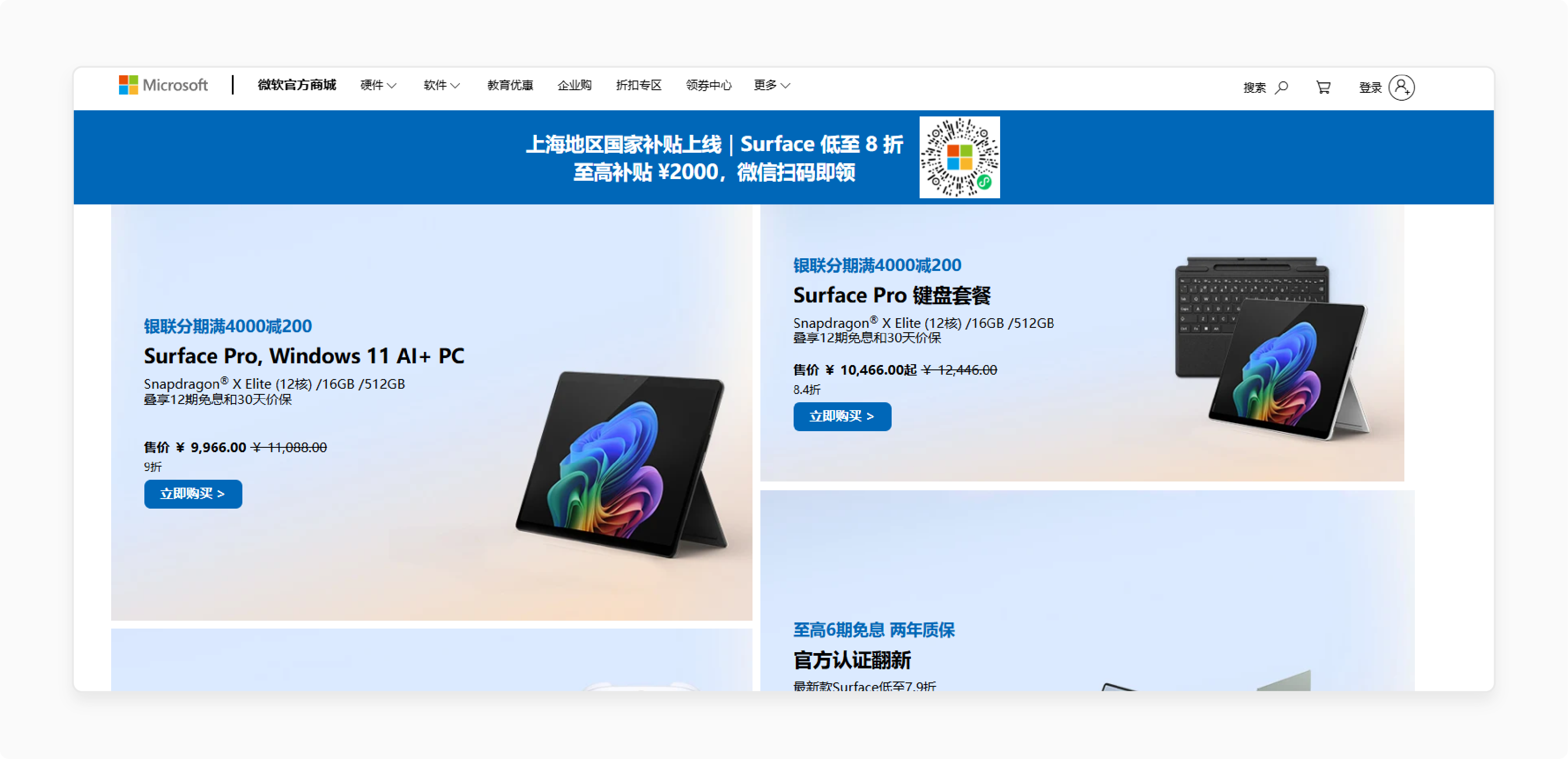
-
Monthly Traffic: Microsoft attracts 900,000 visitors each month. It shows its strong e-commerce presence in China.
-
Omnichannel Strategy: Microsoft’s online store works on desktop and mobile devices. It integrates WeChat mini-programs and live streaming. This improves the customer shopping experience.
-
Special Features:
-
Education discounts.
-
Interest-free installment payments.
-
30-day price guarantee.
-
Dedicated B2B shopping section.
-
2. Hewlett-Packard
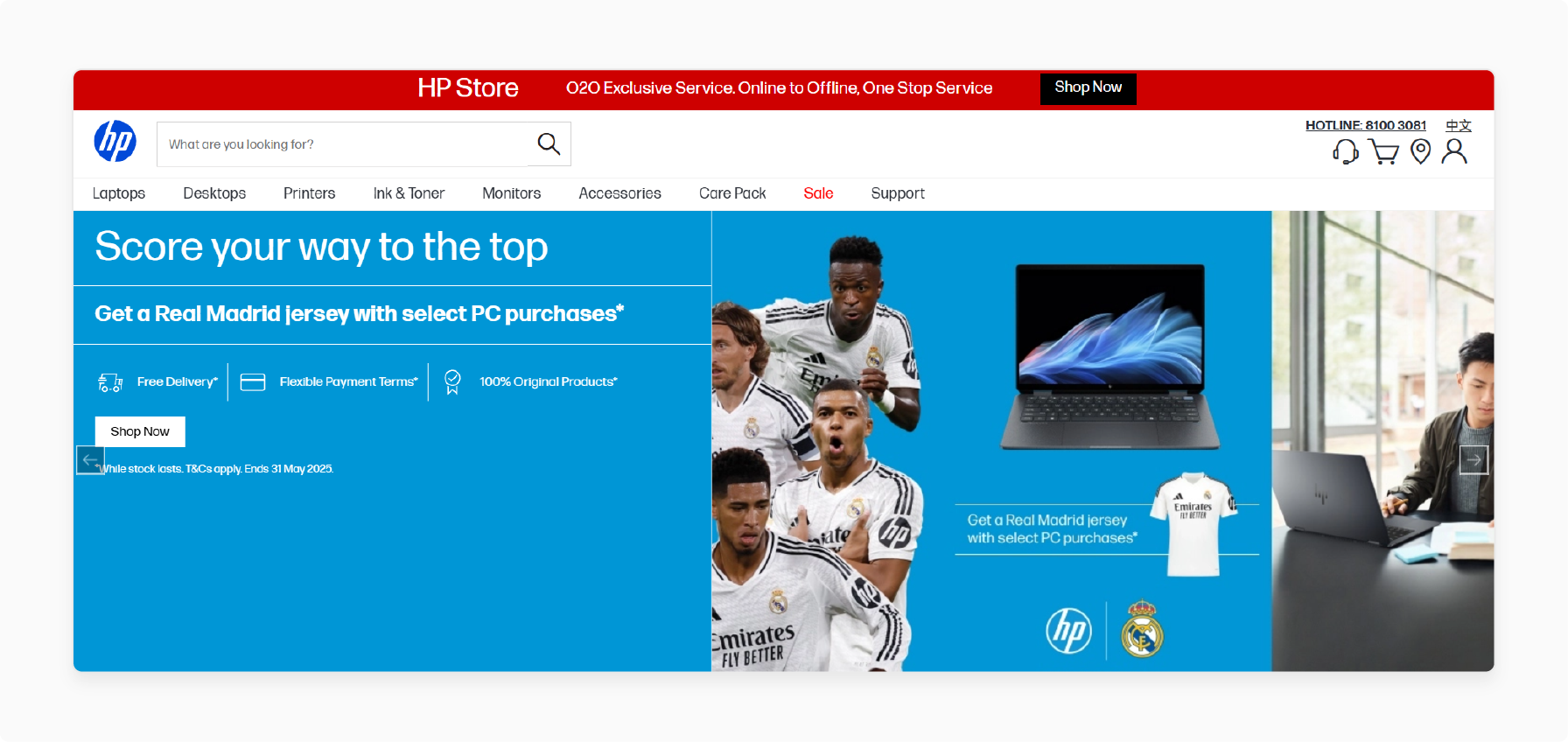
-
Monthly Traffic: HP’s store gets about 400,000 visitors each month. It indicates a strong online presence.
-
Magento Platform: HP uses Magento's backend to manage different regional stores. This enables a customized shopping experience for Chinese consumers. It incorporates local features and preferences.
-
Omnichannel Strategy: HP offers the “HP Mall” mobile app and a WeChat mini-program. These tools give customers easy access to products. It integrates social media and retail store systems.
3. Omega
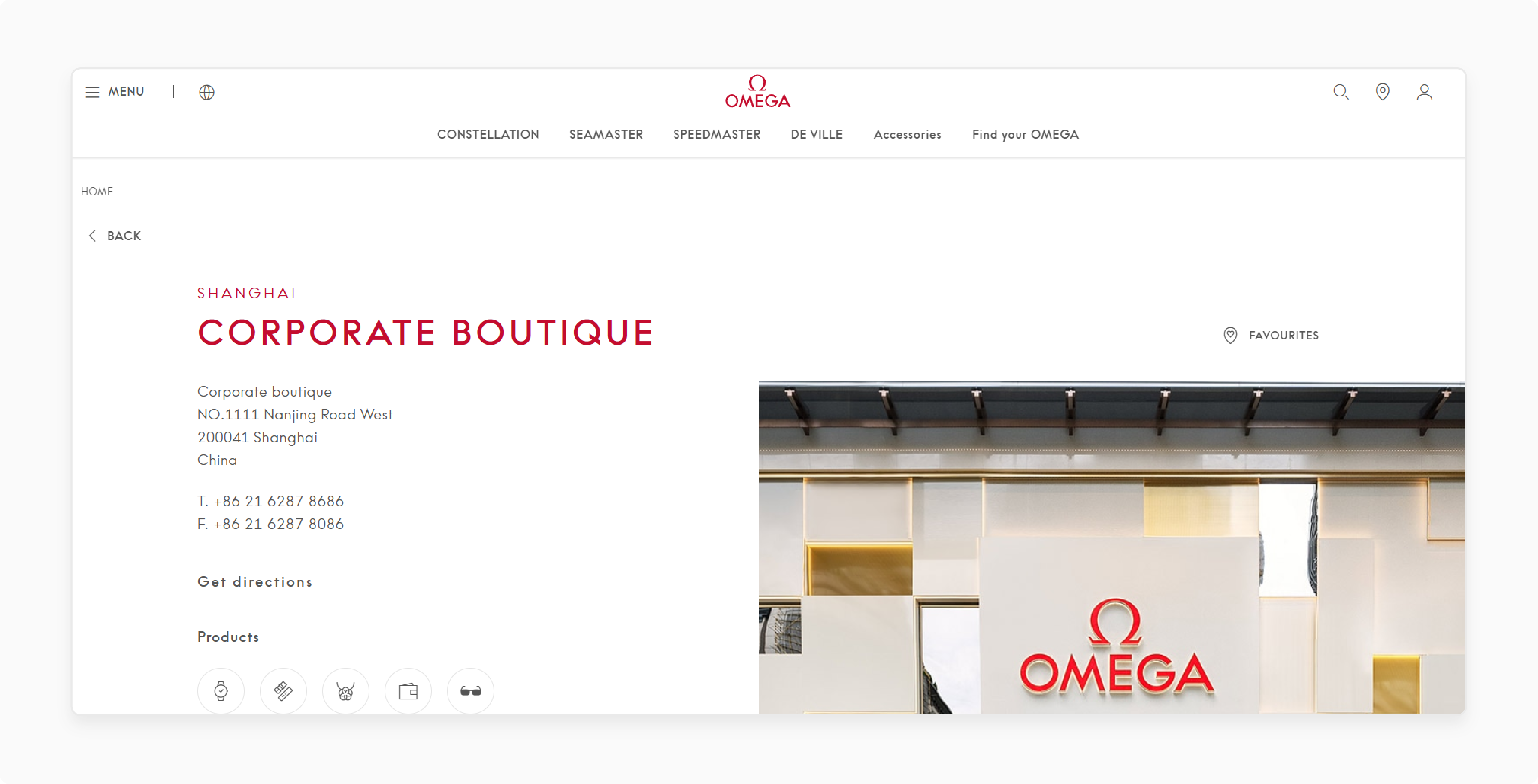
-
Monthly Traffic: Omega’s store gets around 200,000 visitors each month
-
Omnichannel Presence: It offers a responsive site. They use social media platforms such as WeChat to connect with their audience.
-
Special Features:
-
Product comparison tool.
-
WeChat login for easy access.
-
Local social media integration for marketing.
-
Local delivery options include SF Express and China Post EMS.
-
4. Dyson

-
Monthly Traffic: Dyson’s store in China gets around 120,000 visitors. It shows increasing popularity in home appliances.
-
Omnichannel Strategy: Dyson's online store operates on both desktop and mobile devices. They created a WeChat mini program. Customers can join a loyalty program for extra benefits.
-
Special Features:
-
Virtual reality (VR) shopping experience.
-
Secure mobile binding and dynamic verification codes.
-
Accepts payment methods such as WeChat Pay.
-
5. H&M
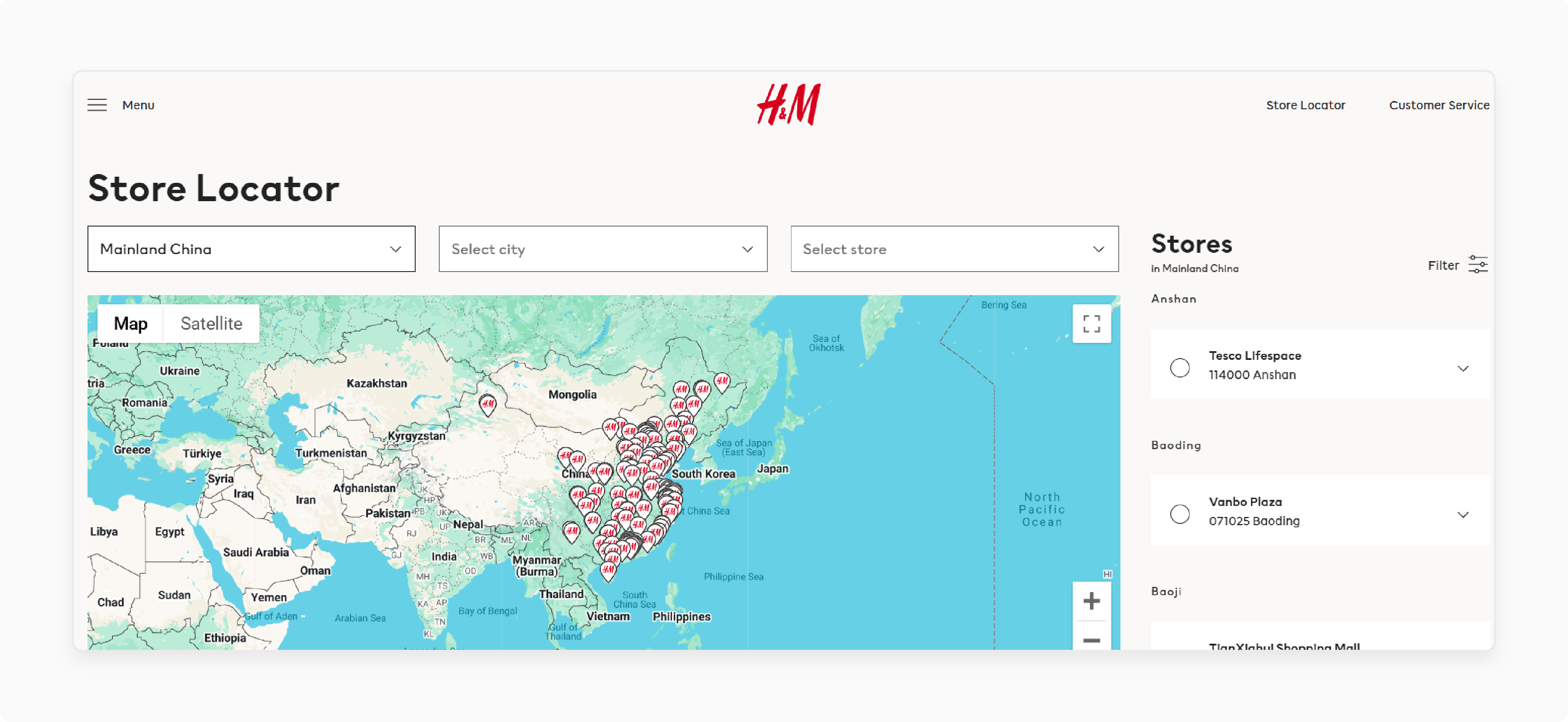
-
Monthly Traffic: H&M's store in China draws about 110,000 visitors. It indicates that its fashion items resonate with Chinese shoppers.
-
Omnichannel Strategy: H&M offers a mobile app and a WeChat mini program. This allows customers to shop using their WeChat Official Account.
-
Special Features:
-
A “Favorites” feature for Chinese consumers.
-
Integrated multi-channel sales.
-
FAQs
1. Why is localization important for luxury brands?
Brands customize their products to match local tastes. They build stronger connections by ensuring their marketing strategies. Brands also offer popular payment methods for their users.
2. What approaches should global brands use in China?
Global brands focus on creating easy-to-use sites for Chinese shoppers. This includes building partnerships with local platforms. They offer content and promotions that resonate with local culture. This uses preferred local payment methods for a successful outcome.
3. How does Magento hosting improve the shopping experience for Chinese customers?
Magento hosting provides a faster shopping experience. It supports many languages and local payment options. This helps sites stay reliable during busy times. So, Chinese shoppers can buy without delays.
4. What features should Magento hosting include for stores in China?
Stores aiming for the Chinese market need Magento hosting that supports many languages. Website speed optimization is essential, and tools like CDN integration support this. It also includes protection against online threats.
5. How can Magento hosting improve website speed and performance in China?
Magento hosting enhances website performance using techniques like caching and CDN integration. It helps to shorten loading times and improve the user experience. Hosting companies with global data centers near China can lower latency.
Summary
Magento Hosting China provides reliable hosting for e-commerce websites. It complies with Chinese regulations to avoid issues. Consider the following optimization strategies to improve your Magento store:
-
Server Optimization: Verify that your server can handle high traffic. It meets Magento’s needs during peak times.
-
Database Optimization: Enhance your database performance with query optimization and clean-up.
-
Implementing Caching Solutions: Use Varnish, Redis, and Full Page Cache. They speed up content delivery.
Explore managed Magento hosting to enhance your store’s performance and scalability.
[Updated on April 24, 2025]


